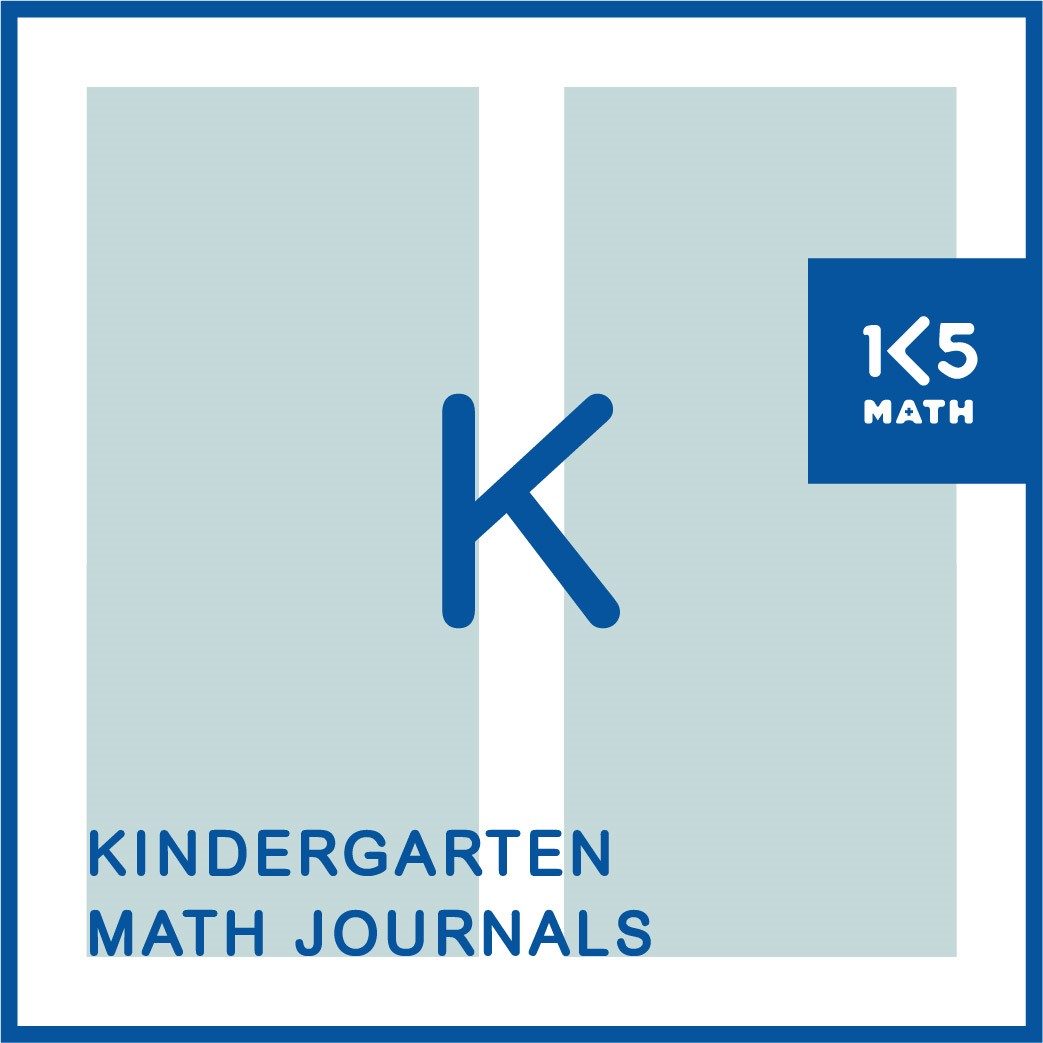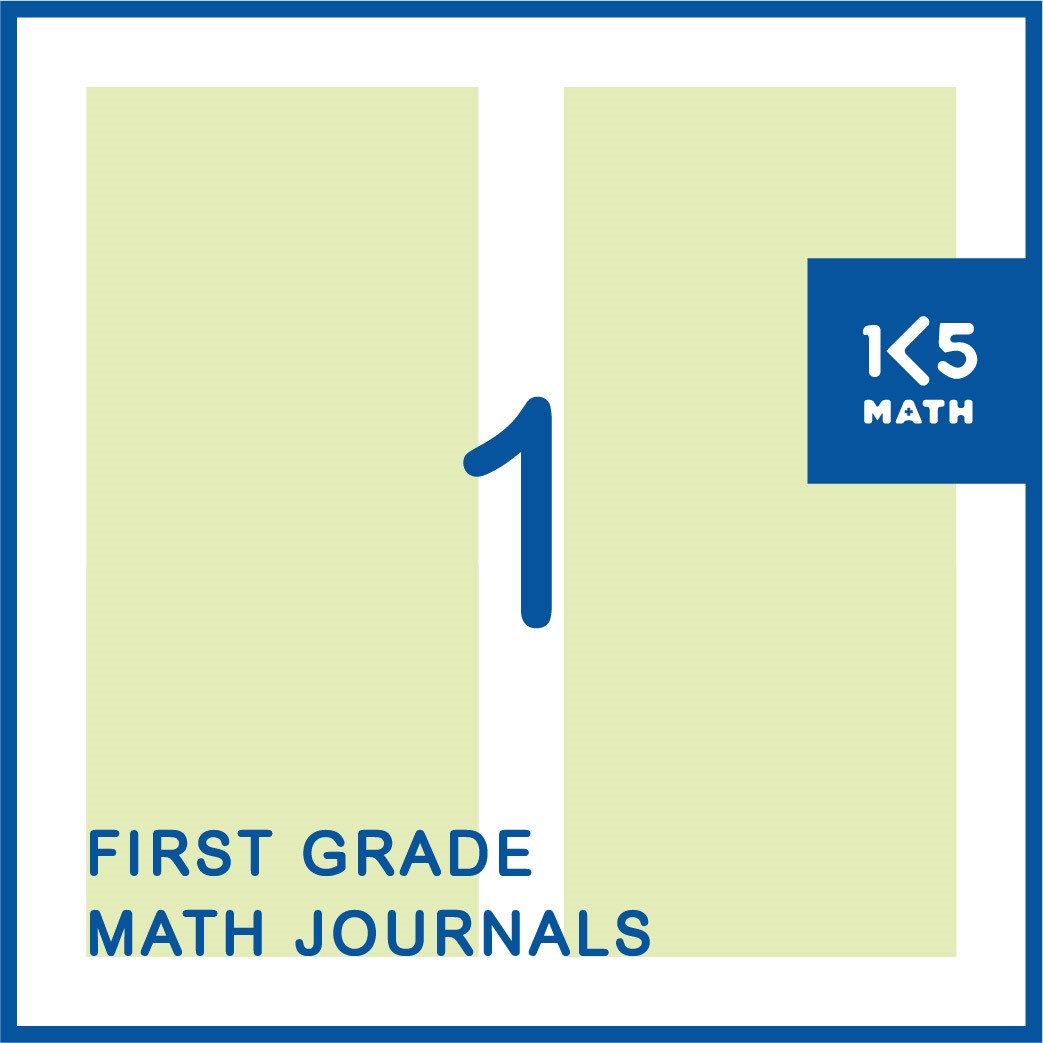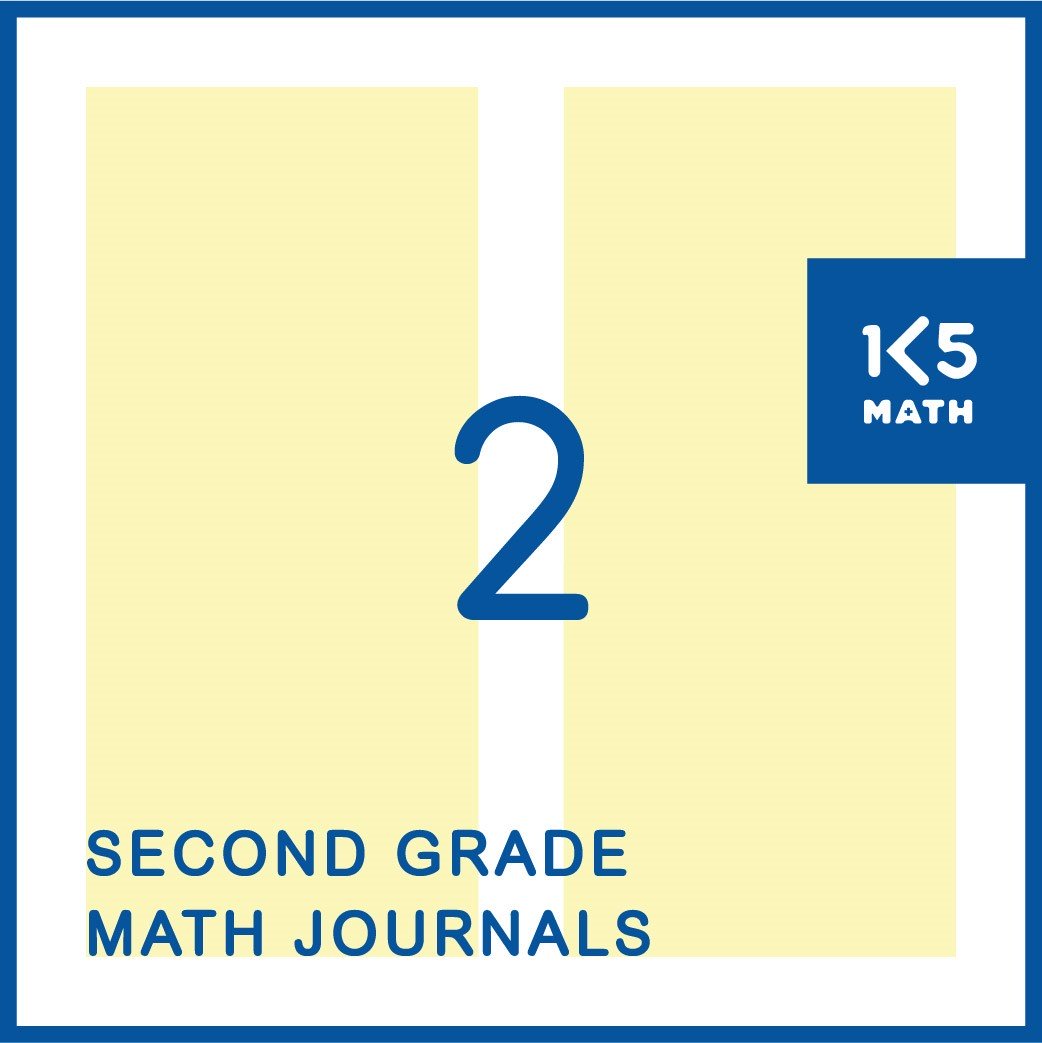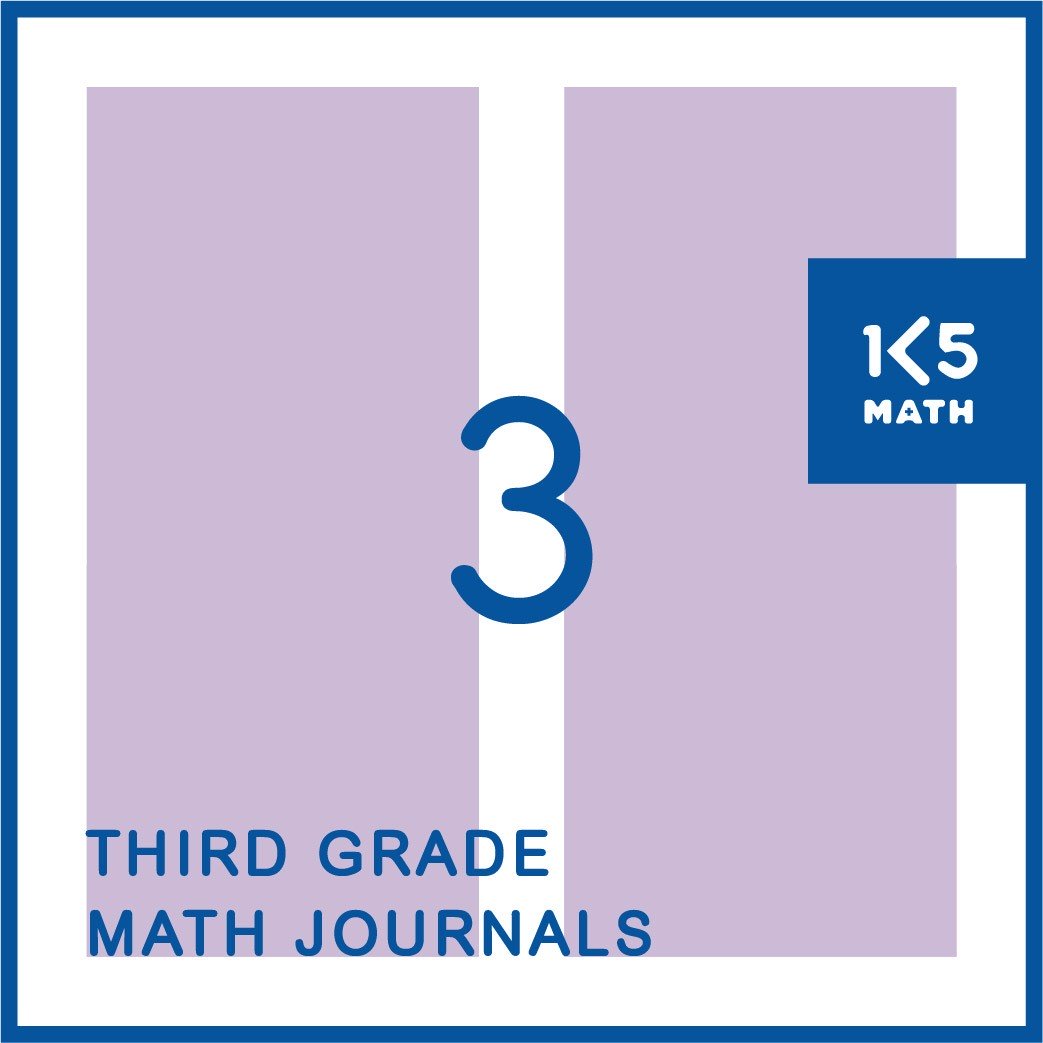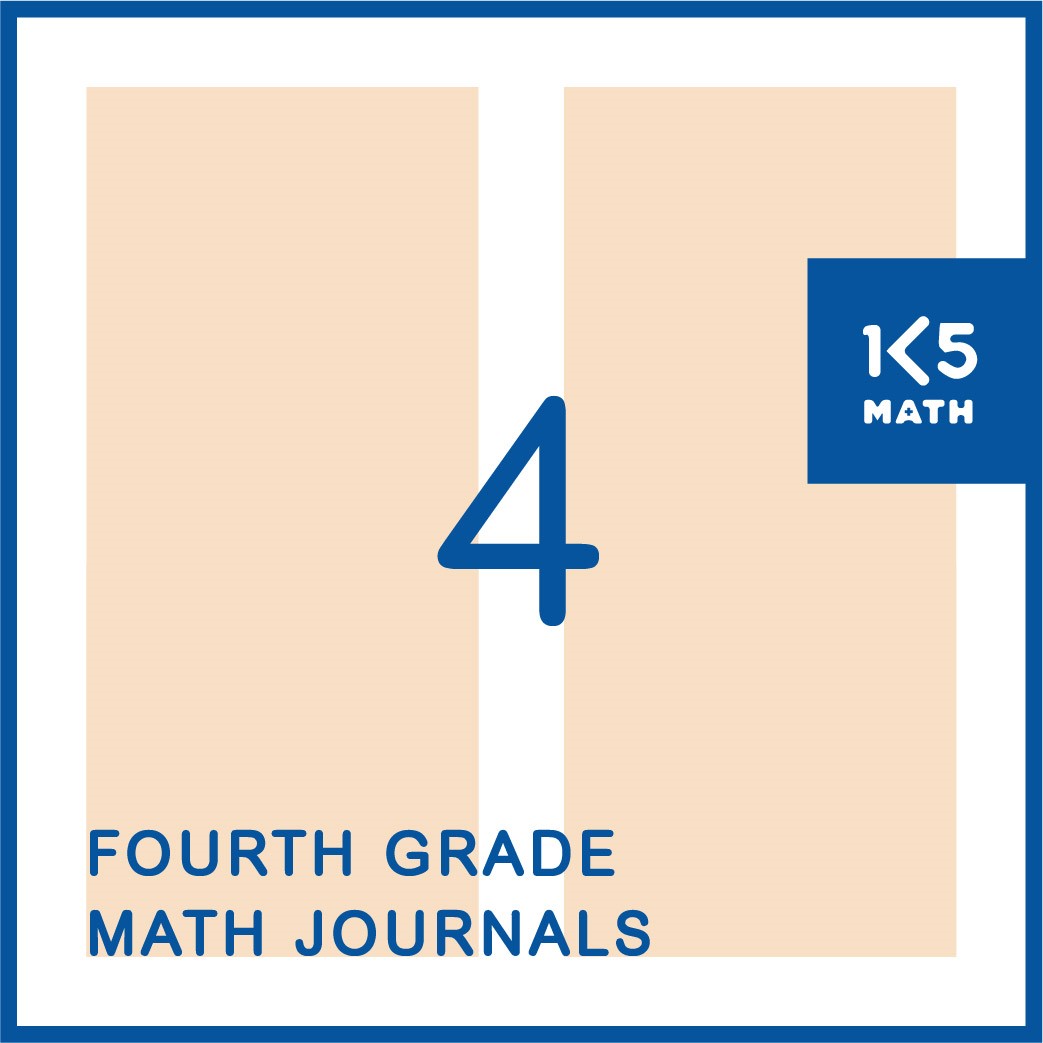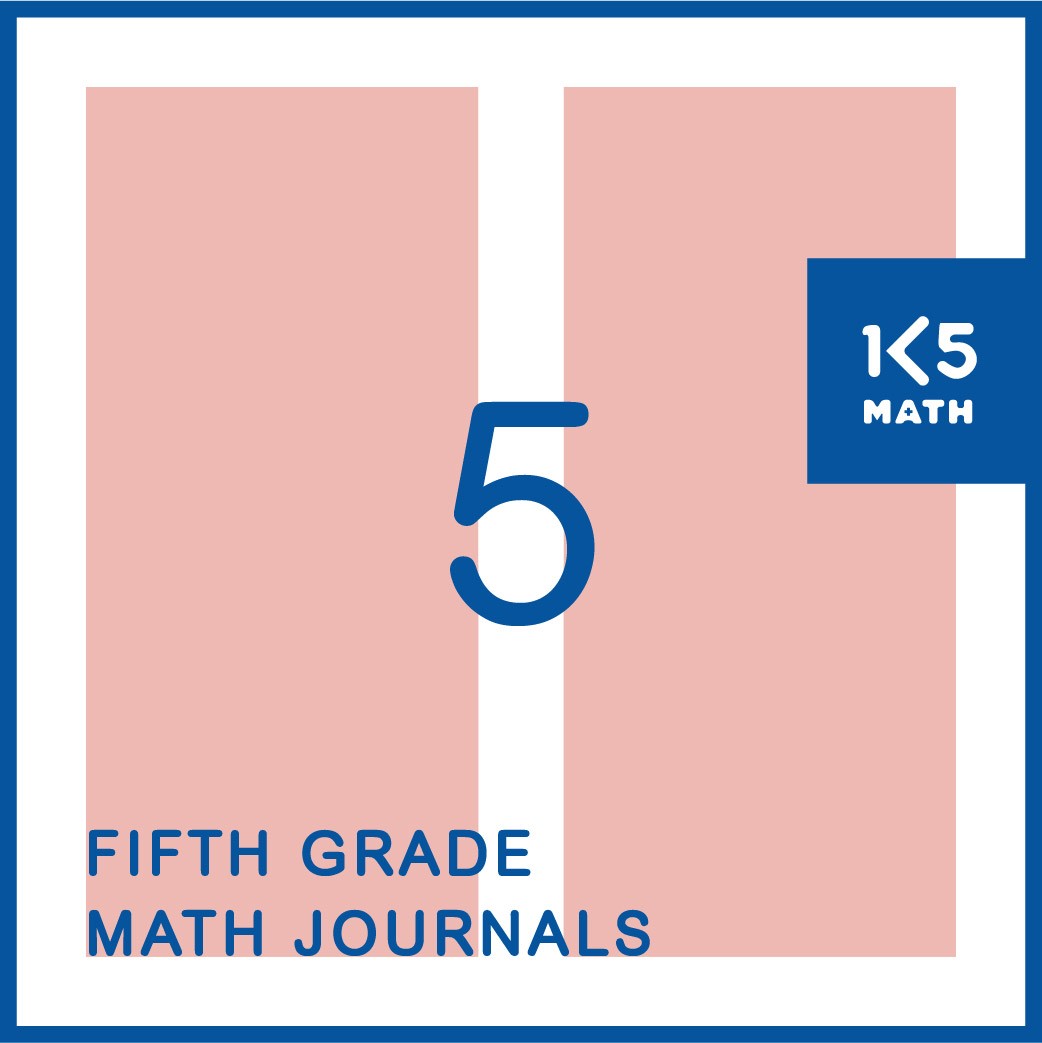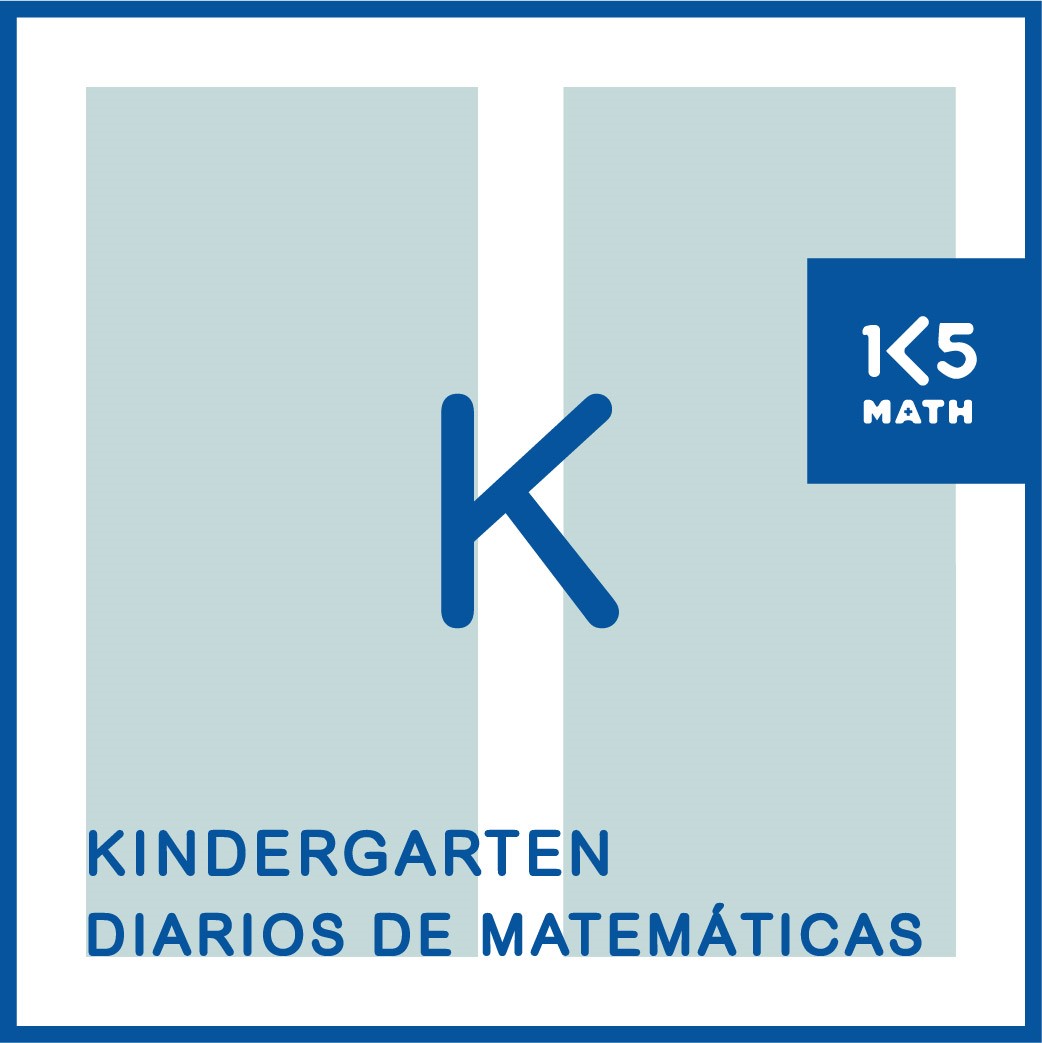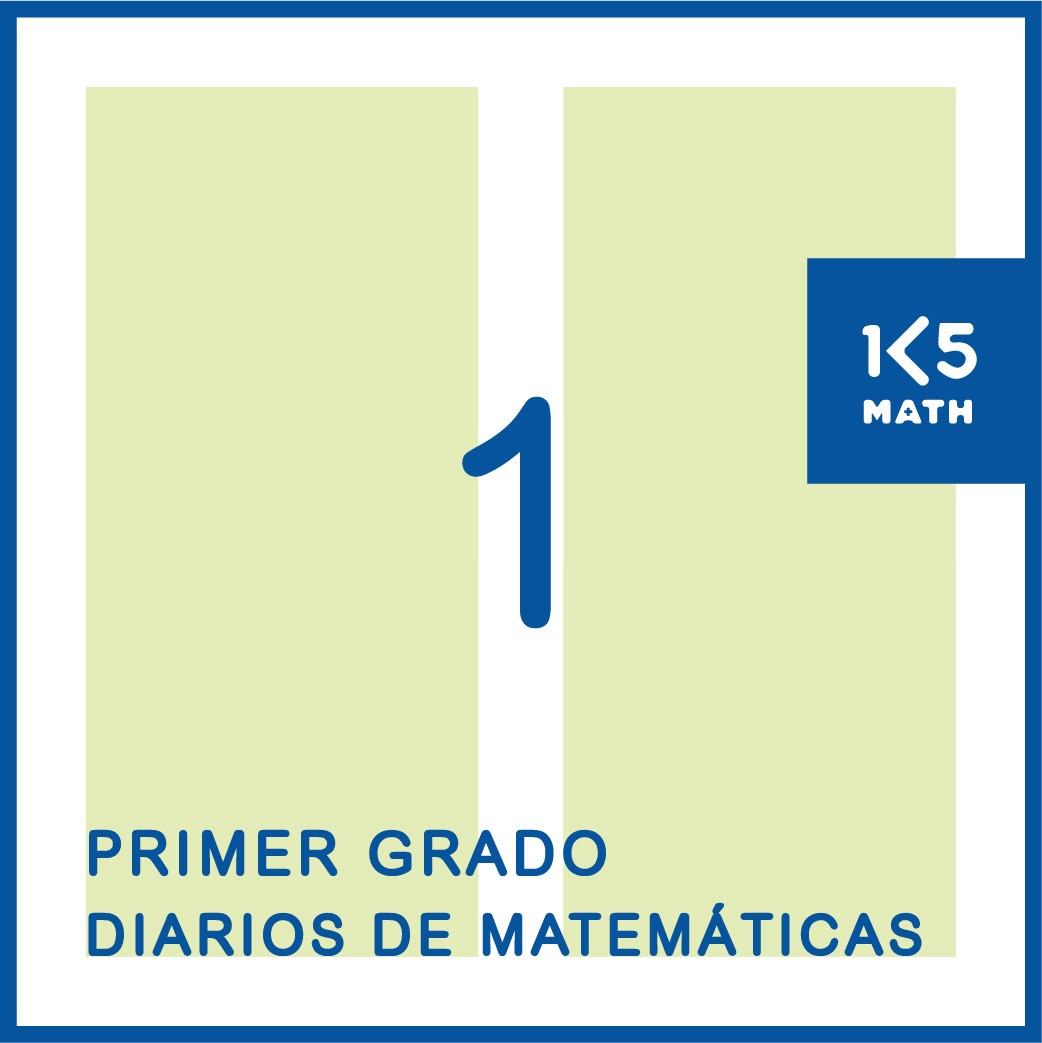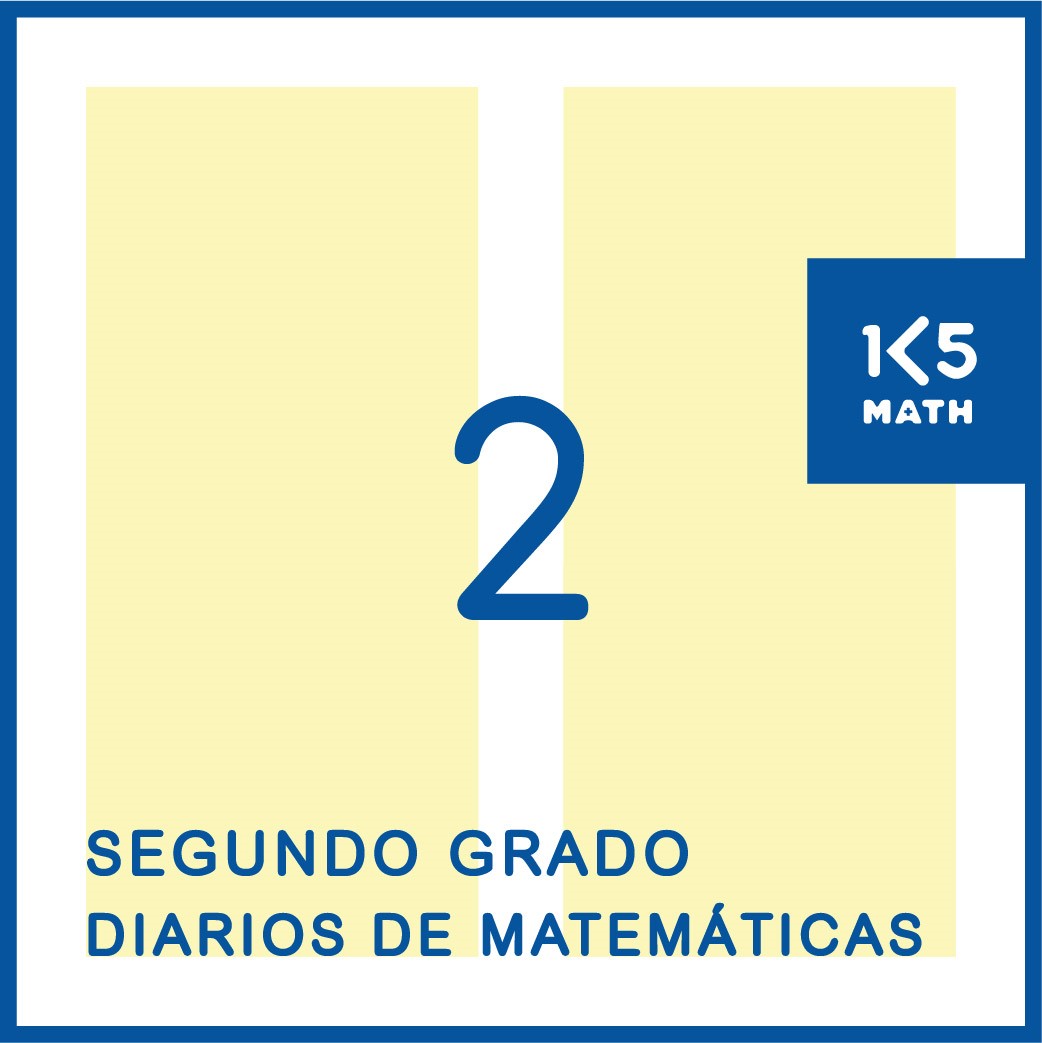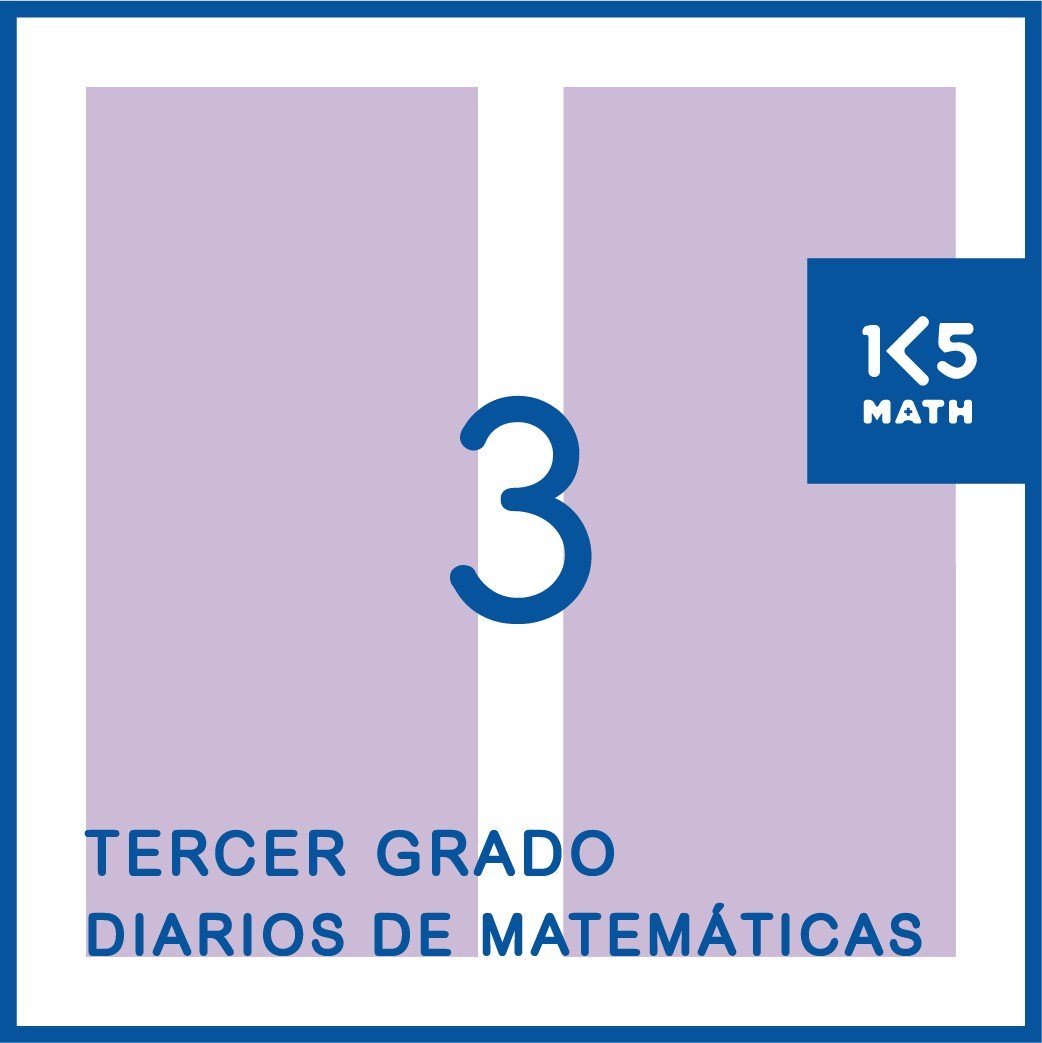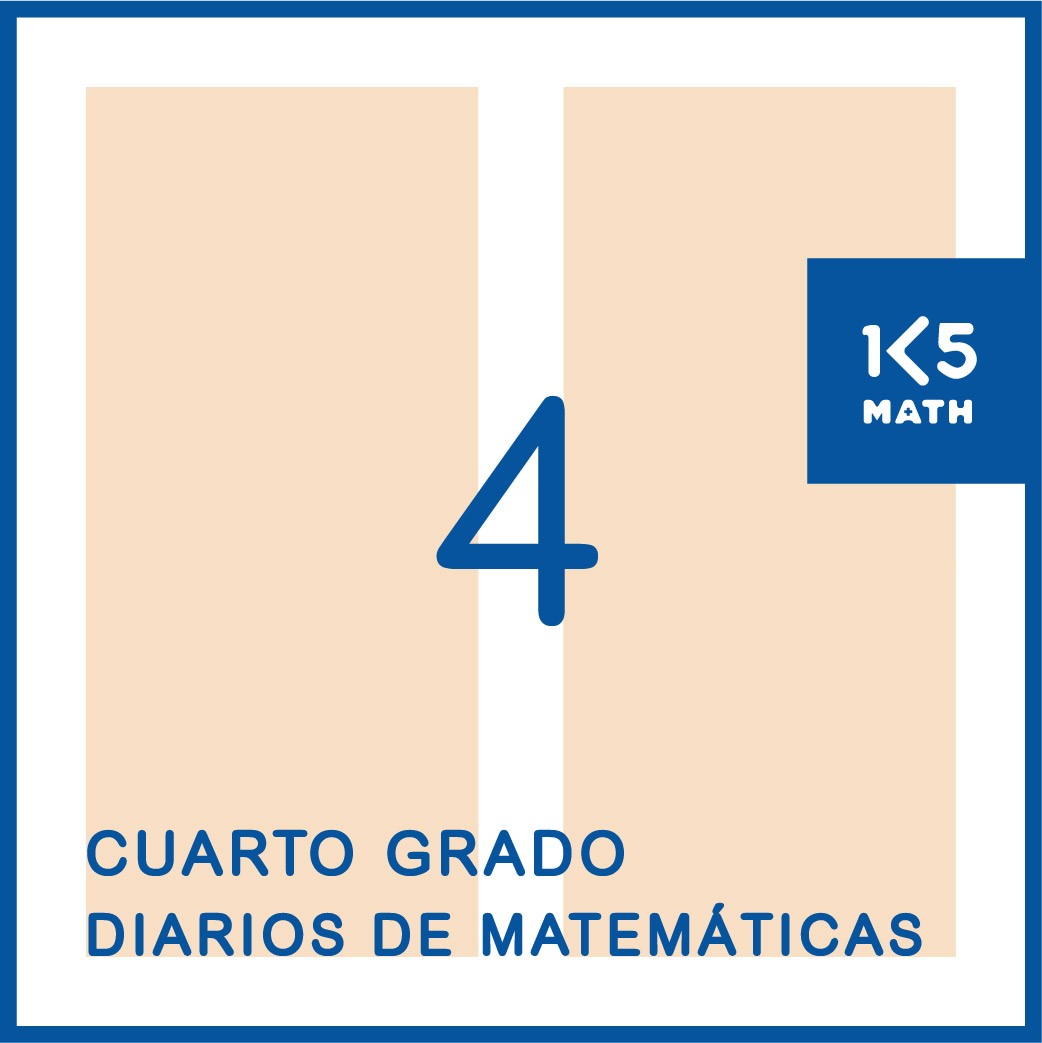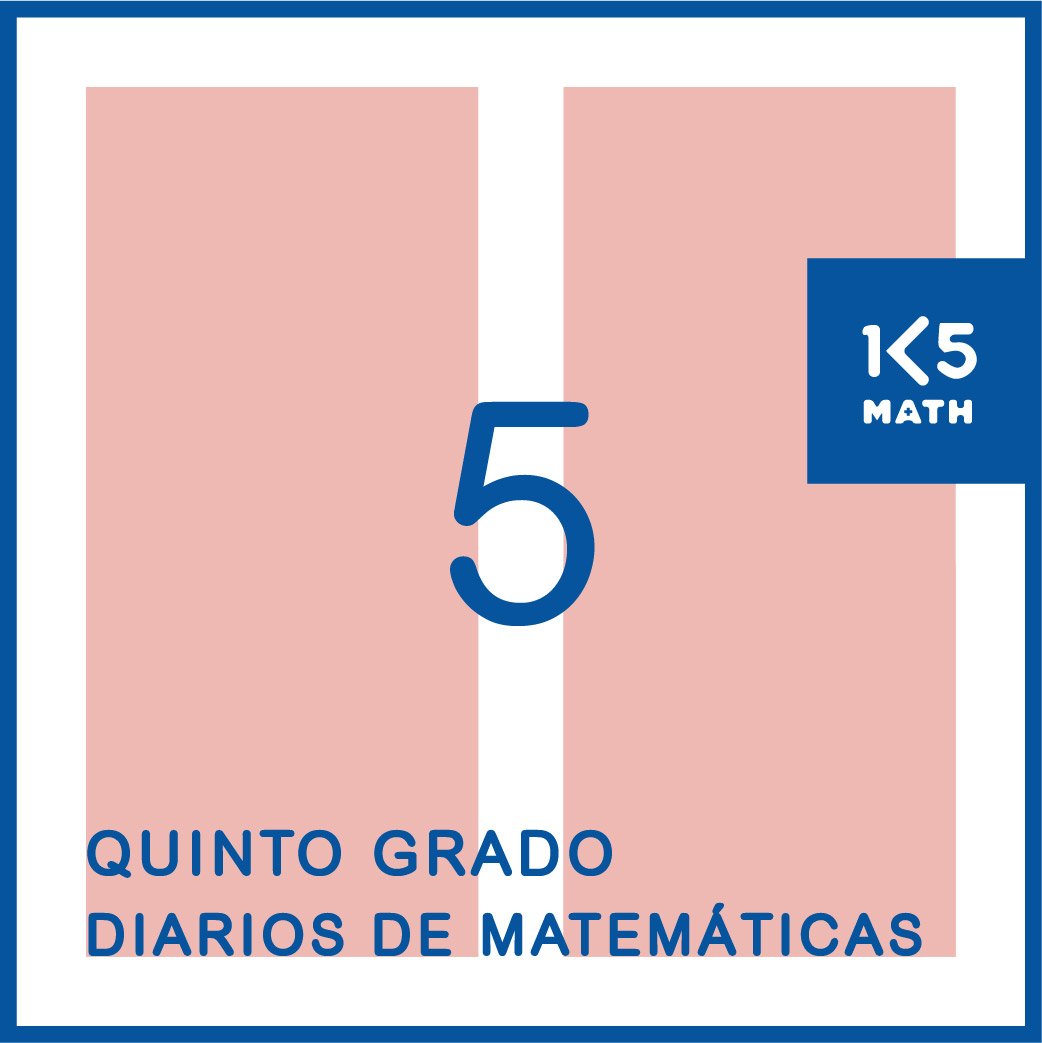Math Journals
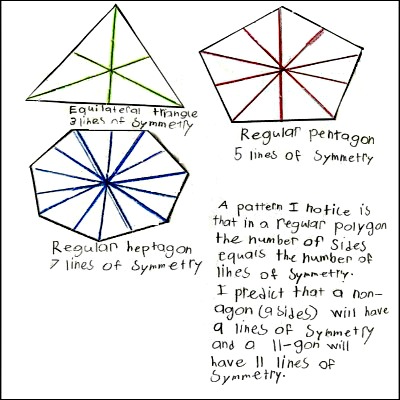
Math journals, or problem solving notebooks as they are sometimes referred to, are books in which students are often asked to record their strategy and thought processes, as well as solutions. While
students learn how to "do" math, they must also learn how to articulate
what they are learning. It is important to provide many opportunities
for students to organize and record their work without the structure of a
worksheet. Math journals support students' learning
because, in order to get their ideas on paper, children must organize,
clarify, and reflect on their thinking. Initially many students will
need support and encouragement in order to communicate their ideas and
thinking clearly on paper but, as with any skill, the more they practice
the easier it will become. Math journals also serve as invaluable
assessment resources that can inform classroom instruction. Requiring students to communicate their reasoning processes provides a useful insight into what a child
understands, how s/he approaches ideas and what misconceptions s/he has. By dating entries the journal provides a chronological record of the development of a student’s mathematical thinking throughout the year.
What are the Characteristics of a Good Math Journal Question?
Tasks that ask students to apply memorized procedures to routine problems require one kind of thinking. Non-routine, or open-ended tasks that ask students to engage with concepts and to make connections between ideas and representations require a very different kind of thinking. Although applying memorized procedures is important for developing fluency and should not be dismissed, engaging in thinking and reasoning at a higher level is necessary to develop problem solving skills. While routine, or closed tasks, may be used to assess students’ comprehension of number facts, strategies for solving algorithms accurately, or knowledge of other math facts, open-ended tasks involve investigative responses that stimulate mathematical reasoning and foster the understanding that mathematics is a creative endeavor. Some open-ended tasks may have more than one correct answer but a maximum of correct answers while others may have an infinite number of correct responses. For example the task, There are 16 apples to be put into bowls. Each bowl must have the same number of apples. How many different ways can the apples be put into bowls?’ has several correct answers while the task ‘I solved a division number story and got a quotient of 7. What might the number story be?’ provides almost endless possibilities of acceptable responses. Other non-routine tasks such as ‘Would you rather eat 1/3 or 2/8 of a plate of broccoli? Use math to justify your reasoning.’ have no one correct answer but instead focus on the student choosing an option and justifying their choice using math reasoning. The important thing to consider when selecting, or writing, a math journal task is whether you are providing opportunities for students to regularly engage in a variety of routine and non-routine tasks in order to develop both conceptual understanding and procedural fluency.
A good math journal question ….
- builds in differentiation by allowing for multiple entry points and recording techniques, thereby allowing all students to work at their individual level of thinking,
- provides the opportunity for students to learn by moving beyond what they already know when answering a question, and for the teacher to learn about each student from their attempt,
- may have more than one solution or a variety of possible solution paths that range from simple to complex,
- requires some degree of cognitive effort (more than just remembering a fact or reproducing a skill),
- provides opportunities for students to represent their mathematical ideas using models and written language,
- provides opportunities for students to justify their reasoning and evaluate the reasoning of others,
- has clear, concise directions.
Can Tasks be Revisited During the Year?
Repeating, or revisiting tasks, allows
students to engage with tasks at a deeper level. On the first occasion
the student may be focused on ‘how to do’ the task. Subsequent visits provide an opportunity for students to communicate their mathematical thinking and reasoning more clearly. Making slight variations to a task (e.g. changing the numbers, context, or materials used) will help to maintain interest while students further develop skills and concepts. Some teachers like to introduce tasks whole class and then place tasks in centers for children to revisit at other times throughout the year. Other teachers choose one journal task and repeat it, with slight variations, several times throughout the year as a record of the development of math skills and understandings for student portfolios.
The methods
that children use for representing their thinking will change over the course of a
year. Repeating a task provides a record of this growth for teachers,
parents and students. For example, in Kindergarten an open ended
addition task (see work samples below) may be explored early in the year
before children begin to write number sentences. Early in the year most
kindergarten students will record their thinking in relation to this
problem pictorially and may only record one or two solutions to the
problem. As the year progresses symbolic representations will gradually begin
to appear and representations will become more detailed. The work sample below on the left shows a kindergarten students' attempt to record her thinking early in the school year in response to the task 'Vanessa had 5 cupcakes. Some were chocolate. Some were vanilla. How many were chocolate? How many were vanilla?' Three months later this student completed a similar task, 'Cameron had 6 buttons. Some were green. Some were purple. How many were green? How many were purple?' On this occasion the child's written representation (below right) is more detailed and clearly demonstrates her developing understanding of addition. Although she repeats some number sentences, her drawings show all possible combinations of the six buttons.
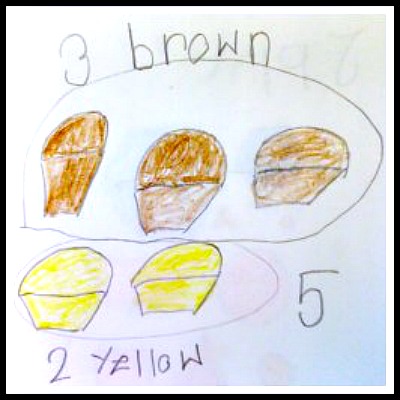
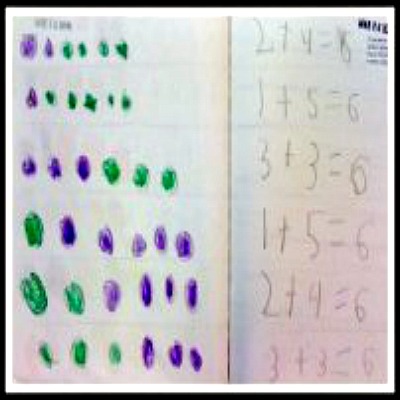
How often should I use Math Journals in my class?
Some teachers use several tasks a week as a warm up to the math lesson.
Other teachers set aside one period per week for journals, select a task that correlates with the current unit of study and allow more time for students to share their thinking with one another. Tasks may also be used for assessment purposes, or as homework. The important thing is to ensure that students are being given regular
opportunities throughout the year to represent their mathematical thinking
in ways which makes sense to them.
What type of book should my students use as a Math Journal?
Our experiences in numerous K-5 classrooms have shown that a notebook with blank pages produces the best results. Although these are not always as readily available as ruled notebooks (and are often more expensive) they have a distinct advantage in that students are not restricted by lines and have the space to choose whether to use pictures, numbers, words or a combination of these to record their thinking. Click on the links below to visit our gallery pages to see examples of the types of written responses made by Kindergarten - 5th Grade students when encouraged to make their own decisions about how to record their thinking.
